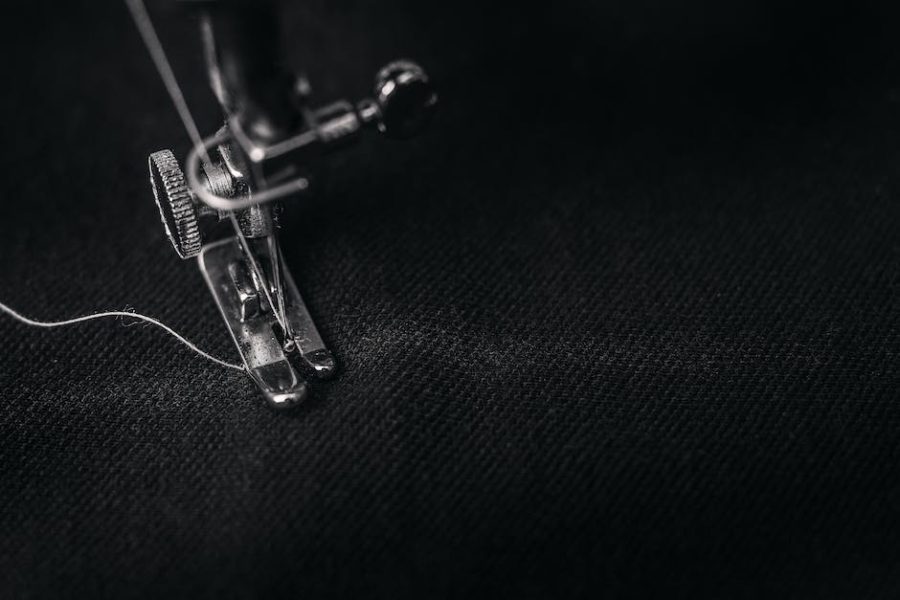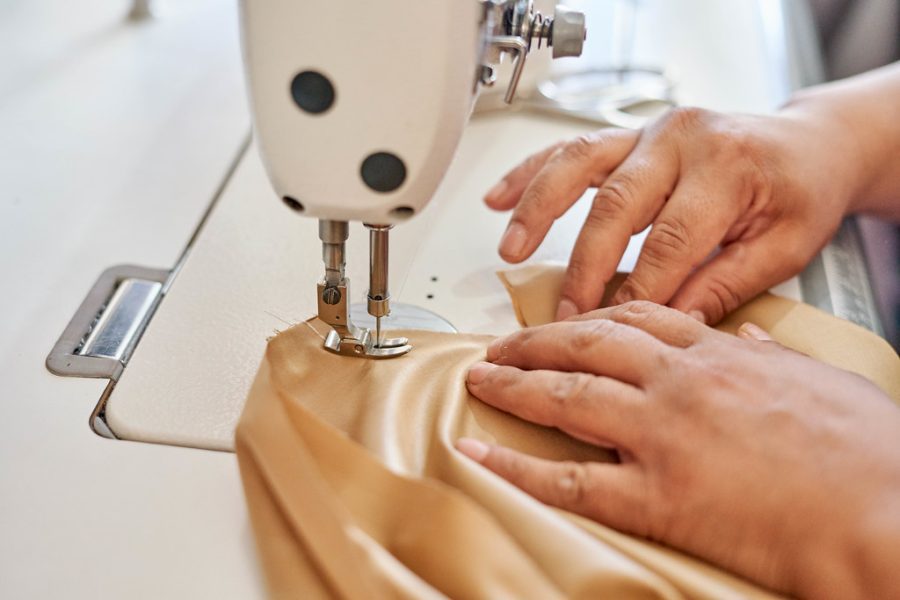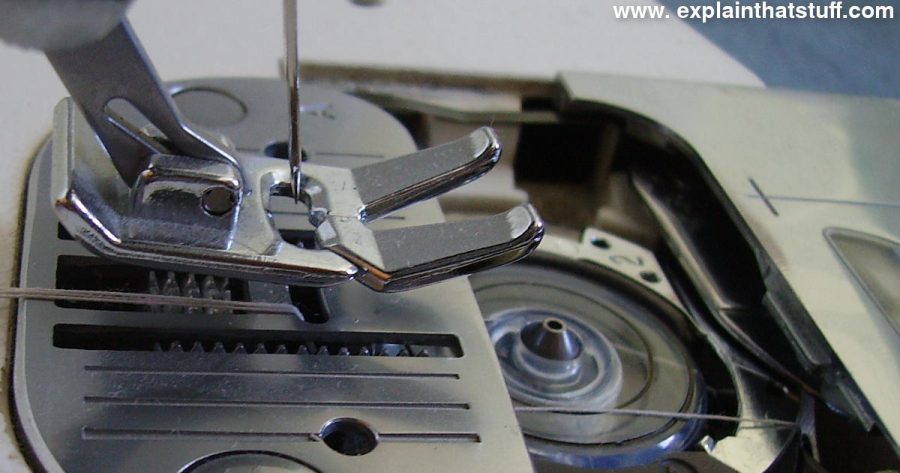Who Invented the Sewing Needle?
Introduction
The sewing needle is a versatile tool that plays a crucial role in various sewing and textile crafts.
Historically, it has been instrumental in the development and progress of human civilization. Over time, the
sewing needle has undergone significant improvements in design, materials, and manufacturing techniques to
meet evolving demands. But who can be credited with the ingenious invention of the sewing needle?
Earliest Sewing Needles
The earliest sewing needles date back to the Paleolithic era, around 40,000 years ago. These primitive
needles were made from bone, antler, ivory, or horns of animals. Crafted by early humans, they were
primarily used for making clothes or ornaments from animal hides and plant fibers.
Archaeological findings suggest that the first known eyed needle, a significant advancement, emerged between
17,000 and 25,000 years ago. These needles had a hole at the top, allowing the thread to pass through and
enabling a more efficient method of sewing. These early needles were still made from animal materials.
Ancient Civilizations
In ancient civilizations, advancements in needle making continued. The Egyptians and the ancient Greeks used
precious metals such as gold and silver to produce ornate needles. These needles were often highly
decorative and signified social status.
In China, during the Han Dynasty (202 BC – 220 AD), bronze needles featuring enhancements like eyes and
ergonomic designs came into existence. These innovations significantly improved sewing techniques,
particularly for silk production, which China was widely known for.
The Industrial Revolution
While the basic principles of the sewing needle remained unchanged for centuries, it was during the
Industrial Revolution in the 18th century that the needle manufacturing process underwent a transformation.
Innovations in precision engineering and the introduction of machinery enabled the mass production of
needles, making them more accessible and affordable.
Elias Howe and the Modern Sewing Needle
In the mid-19th century, Elias Howe, an American inventor, played a pivotal role in revolutionizing the
sewing needle industry. In addition to inventing the sewing machine, Howe developed a new method to
manufacture needles. His invention featured not only an eye near the pointed end but also a triangular
point, making it easier to penetrate fabrics. This design is still commonly used today.
Conclusion
The sewing needle, an essential tool in textile arts, has a long and fascinating history. From its humble
beginnings as bone or antler implements to the precise and efficient needles of today, the journey of the
sewing needle showcases human ingenuity and the desire for progress. Though the exact identity of the
individual who first crafted a needle remains unknown, we owe a debt of gratitude to the countless
inventors and craftsmen who continuously improved upon this influential invention. As we navigate the modern
world of fashion and sewing, let us cherish the legacy of the sewing needle and the impact it has had on our
lives.





Interesting question, I’m dying to know the answer! This is a great question and the answer to who invented the sewing needle is said to have originated as far back as the Stone Age! It has been said that the first sewing needles were made of animal bones and were used by our ancestors for sewing and making clothing. As time moved forward, the sewing needle was improved upon by different civilizations and eventually was mass produced with steel in the early 1800s.